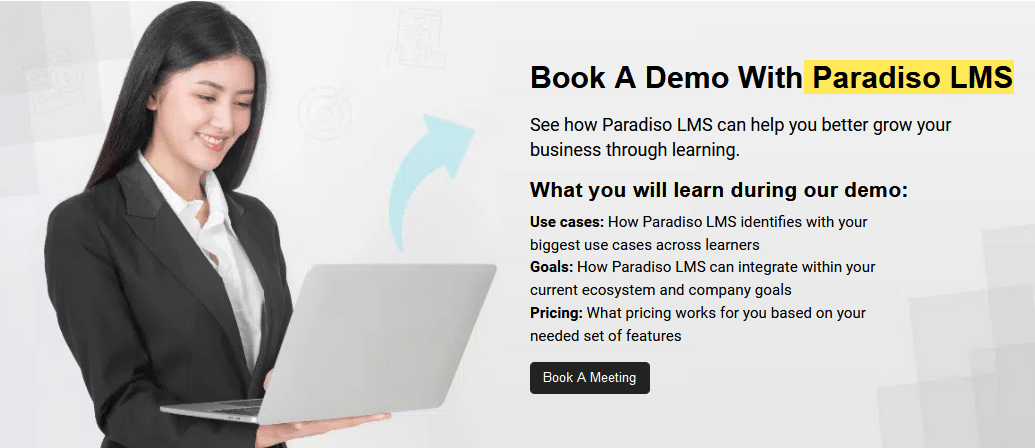What are the types of Blended Learning
Blended learning comes in various forms, each tailored to specific learning goals and contexts. Here are some of the most common types:
1. Flipped Classroom
In the flipped classroom model, students review instructional content, such as videos or reading materials, at home before engaging in collaborative and hands-on activities in the classroom. This approach shifts the focus from passive listening to active participation.
Example: A high school physics teacher assigns video lectures as homework and uses classroom time for problem-solving and experiments.
2. Enriched Virtual Model
This model primarily relies on online learning, supplemented by occasional face-to-face interactions. It is particularly effective for self-directed learners who can manage their time and resources efficiently.
Example: Corporate training programs where employees complete e-learning modules and attend quarterly in-person workshops.
3. Rotation Model
Students rotate between different learning stations, which may include teacher-led instruction, group work, and online activities. This model ensures that students experience multiple methods of content delivery.
Example: In a language learning class, students alternate between using language apps, practicing speaking in small groups, and receiving direct instruction from the teacher.
4. Flex Model
In this model, most learning happens online, with teachers providing support as needed. The flex model is particularly suited for students requiring individualized attention.
Example: A university offering a hybrid degree program where students complete coursework online but have access to professors during office hours.
5. Lab Rotation Model
Students rotate between classroom learning and a computer lab where they engage with online resources. This model is ideal for integrating technology into traditional teaching environments.
Example: Elementary schools using lab rotations to teach coding alongside regular math and science lessons.










